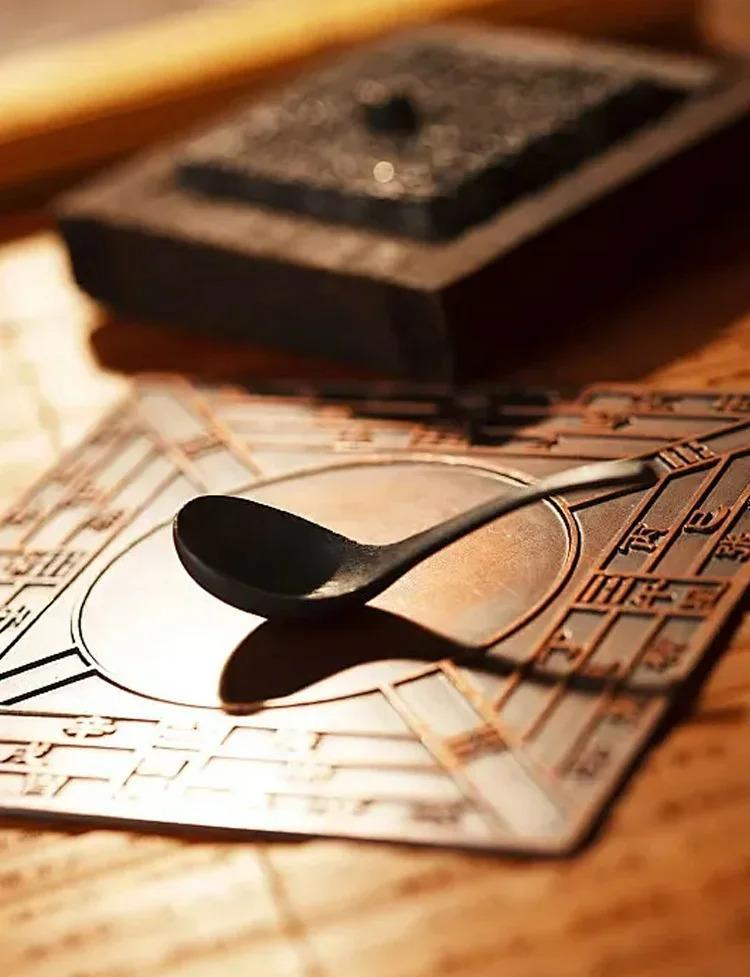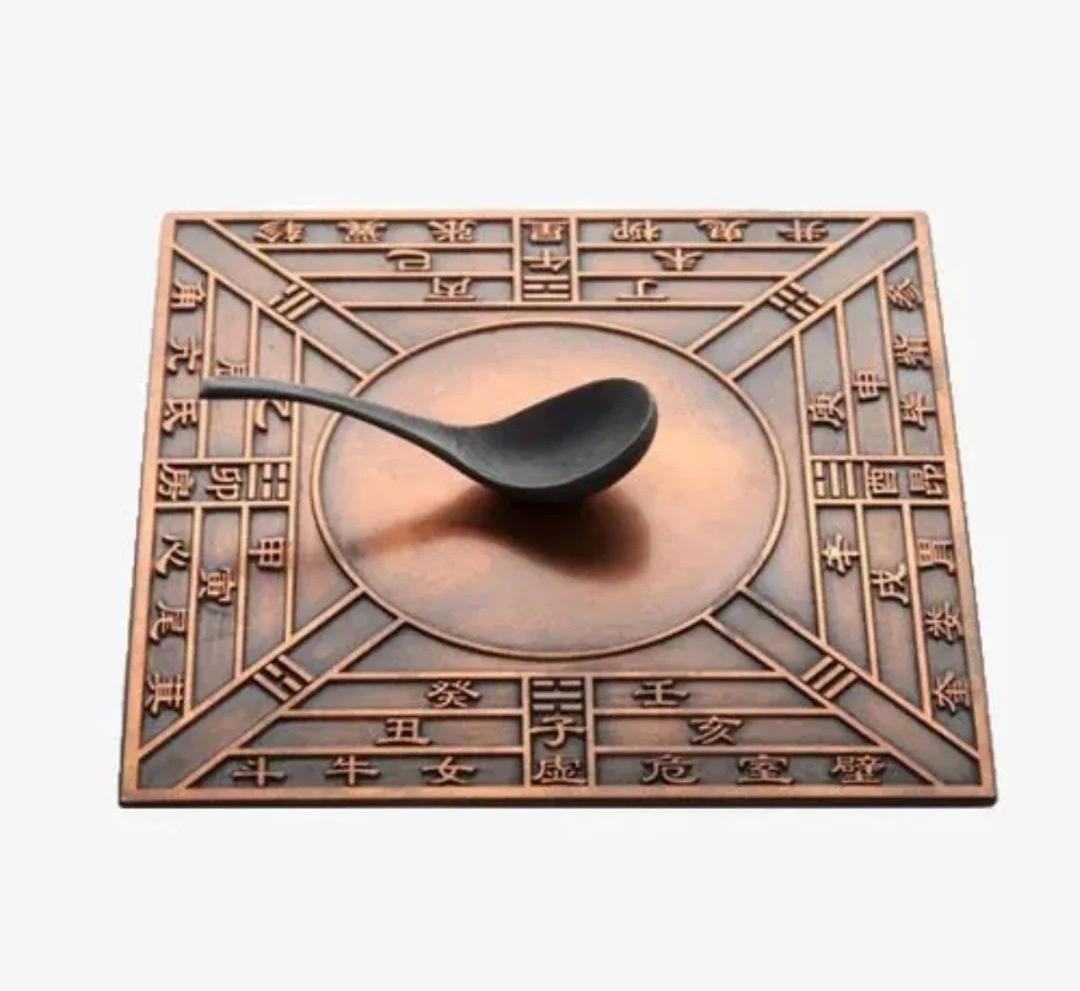Introduction to the Chinese Compass
The Chinese compass, known as “Si Nan” (指南针) or “pointing to the south needle,” is a remarkable invention that has profoundly shaped China’s cultural and technological landscape. This ingenious device not only revolutionized navigation but also played a crucial role in feng shui, military strategy, and even philosophy.

History and Invention
The compass’s origins in China date back to the Han Dynasty (202 BCE – 220 CE), evolving from a simple lodestone to a sophisticated magnetized needle. Initially used for divination and feng shui, it gradually found its way into navigation and exploration.
| Period | Development |
|---|---|
| Han Dynasty | Discovery of lodestone’s directional properties |
| Song Dynasty | Invention of floating compass needle |
| Ming Dynasty | Refinement of compass for maritime navigation |
The Structure of the Traditional Chinese Compass
The traditional Chinese compass is a marvel of ancient engineering:
- Circular Design: Representing the dome of heaven
- Square Base: Symbolizing the earth
- Magnetic Needle: Usually made of lodestone or magnetized iron
- Compass Face: Marked with complex cosmological symbols
The face typically includes the eight trigrams, 24 directions, and various astrological elements, making it a microcosm of Chinese cosmology.

Types of Chinese Compasses
- Feng Shui Compass (Luo Pan): Used in geomancy and architecture
- Navigational Compass: Simplified design for maritime use
- Military Compass: Adapted for strategic planning and warfare
Each type reflects the diverse applications of this versatile instrument in Chinese society.
Cultural Significance and Applications
The compass transcended its practical uses, becoming deeply embedded in Chinese culture:
- Feng Shui: Determining auspicious locations and orientations
- Navigation: Enabling long-distance sea voyages and trade
- Philosophy: Symbolizing harmony between man and nature
Its influence spread far beyond China’s borders, contributing significantly to global maritime technology and exploration.

The Chinese Compass in Modern Times
While modern GPS has largely replaced traditional compasses, the Chinese compass continues to hold cultural significance:
- Feng Shui Practice: Still used by practitioners for geomancy
- Cultural Heritage: Preserved in museums and studied by historians
- Artistic Inspiration: Influencing modern design and architecture
Contemporary compass makers often blend traditional aesthetics with modern technology, creating pieces that honor the past while embracing the future.

Traveler’s Guide to Chinese Compasses
For travelers interested in exploring this fascinating aspect of Chinese culture:
- Where to See Historical Compasses:
- China Science and Technology Museum, Beijing
- Shanghai Museum
- Maritime Silk Road Museum, Guangdong
- Purchasing Compasses:
- Panjiayuan Antique Market, Beijing (for antiques and replicas)
- Specialty feng shui shops in major cities
- Museum gift shops for high-quality reproductions
- Understanding Compass Symbolism:
- Look for compass-inspired designs in traditional Chinese gardens
- Notice the orientation of buildings in historical sites
- Observe how modern architecture incorporates feng shui principles
When exploring China, keep an eye out for the subtle influence of the compass in architecture and urban planning. Many historical buildings and even modern structures are oriented according to compass directions, reflecting the enduring impact of this ancient invention.
The Chinese compass is more than just a navigational tool; it’s a key to understanding Chinese culture’s deep connection to cosmology and nature. As you travel through China, let the compass guide you not just through physical space, but through the rich tapestry of Chinese history and philosophy.
Whether you’re admiring an antique Luo Pan in a museum or using a modern feng shui compass to arrange your hotel room, remember that you’re connecting with a tradition that has shaped China’s relationship with the world for over two millennia. The Chinese compass continues to point the way, not just to geographic north, but to a deeper understanding of China’s cultural heritage.






